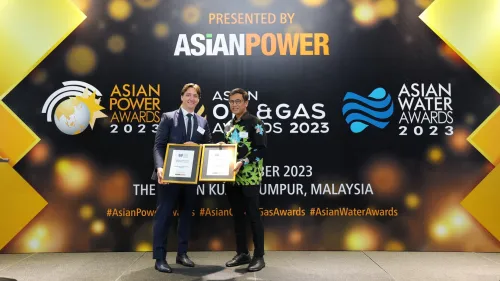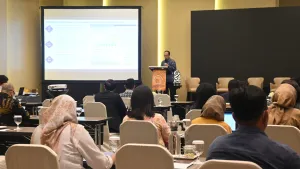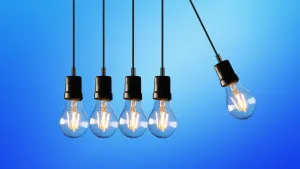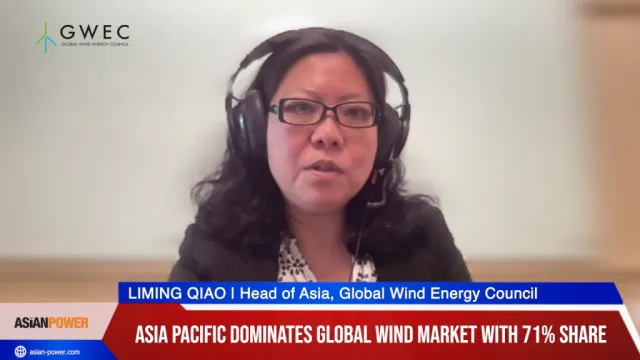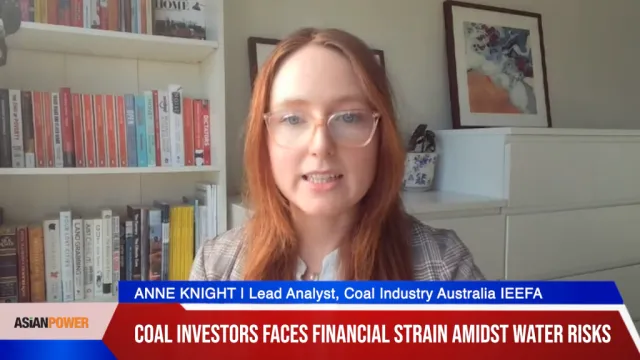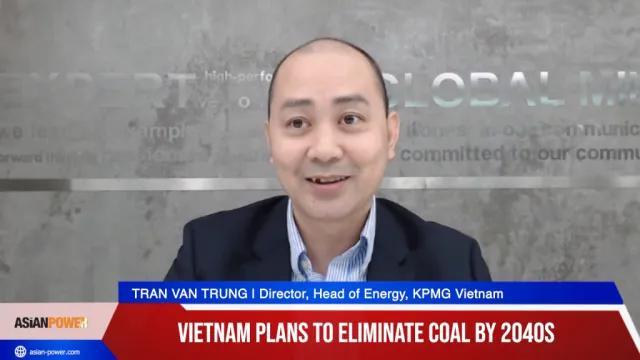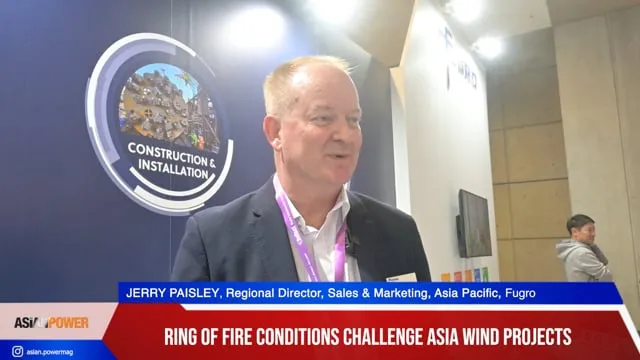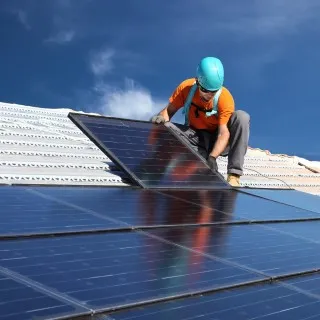
China's non-hydro renewables capacity to surge 7.7% to over 400GW in 2025
Developers take advantage of growth-spurring policies.
According to BMI Research, non-hydro renewables capacity will surge by an annual average of 7.7% between 2016 and 2025, as developers capitalise on attractive policies that have been put in place to drive growth in the sector. This will result in an installed non-hydro renewables capacity base of over 400GW by 2025 - more than double the amount of capacity in the US.
"We maintain our long-held positive outlook for China's non-hydro renewables sector and expect growth to remain robust. The government's strong support for renewable energy is the primary factor underpinning our bullish 10-year renewables forecasts, which stems from the desire to reduce coal use in the power mix, in order to curb carbon emissions and tackle the growing domestic pollution problem. Frequent target revisions for renewable capacity, local government-mandated regulations and wide-ranging financial incentives on offer to renewables developers are just some of the key support mechanisms adopted in China to help drive growth in the renewables sector," it said.
Wind and solar will remain the technologies of choice, with wind capacity contributing about 70% to the renewables capacity mix by 2025.
According to the Global Wind Energy Council (GWEC), China installed over 30GW of wind capacity over 2015, more than triple the amount added in US, which was the second largest installer of wind capacity in 2015. This investment and high installation levels for renewables capacity look set to continue, as it was reported that China was the largest investor into clean energy globally over H116, financing USD15.3bn of solar and wind projects - according to Clean Energy Pipeline.
Despite this surge in capacity, curtailment and grid issues remain a key bottleneck to China's renewables expansion plans. It was reported by the National Energy Administration that roughly 15% of wind power capacity was idled during 2015. This means that in idled wind generation capacity increase by 69% compared to the previous year; highlighting the ongoing limitations of the grid infrastructure.
"EDF's majority acquisition of Hong Kong-based UPC Asia Wind Management will help the French utility gain some traction in the Chinese wind market. In purchasing an 80% majority stake in AWM via its renewables arm EDF Energies Nouvelles, we believe that EDF is gaining exposure to the Chinese market at a time when the government is boosting its environmental stewardship and ramping up efforts to increase renewable-based electricity generation capacity - commitments that were highlighted under China's 13th Five-Year Plan," it said.
China has been turning to battery storage technology and has launched more than 50 energy storage demonstration projects that aim to smooth wind and solar output in order to boost flexibility - and shave peak generation in order to limit wind and solar power output curtailment.


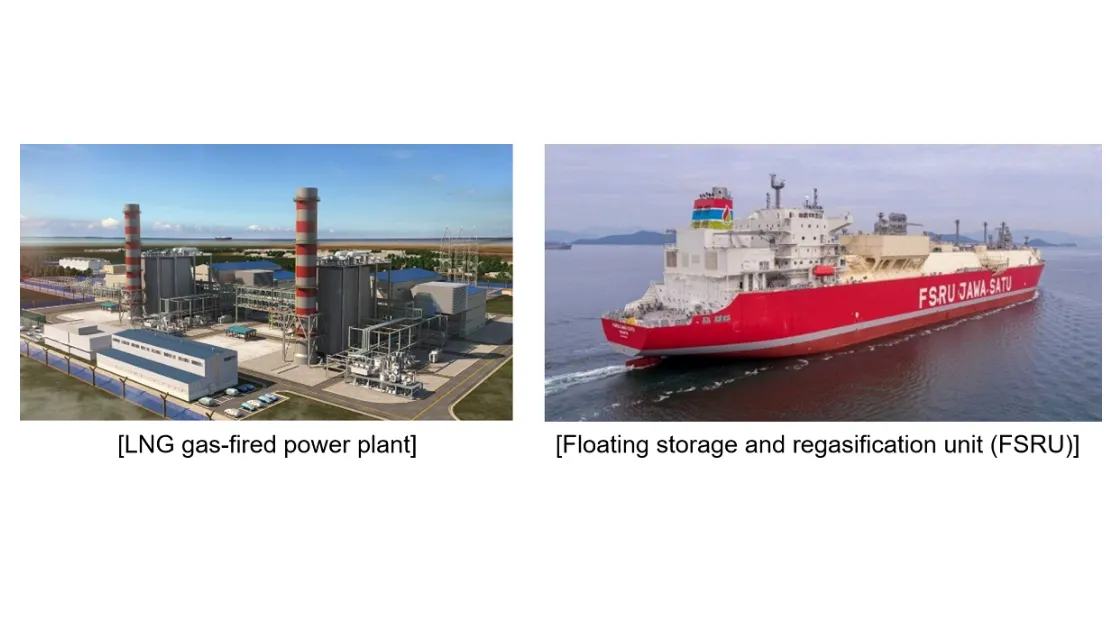
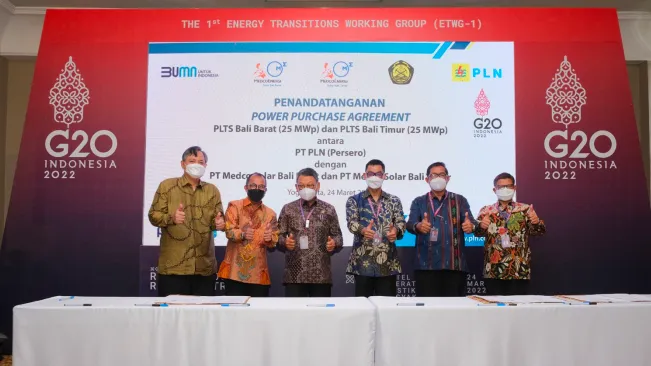
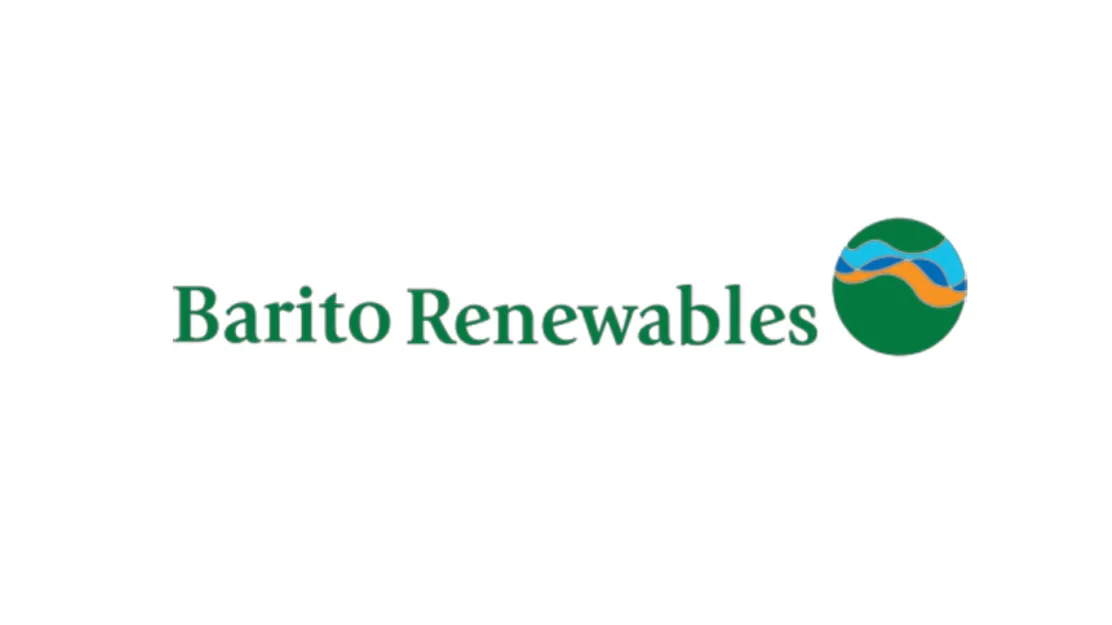

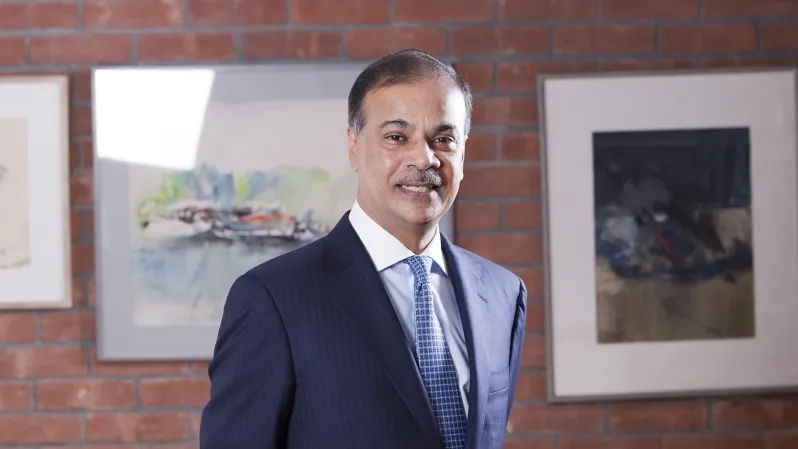
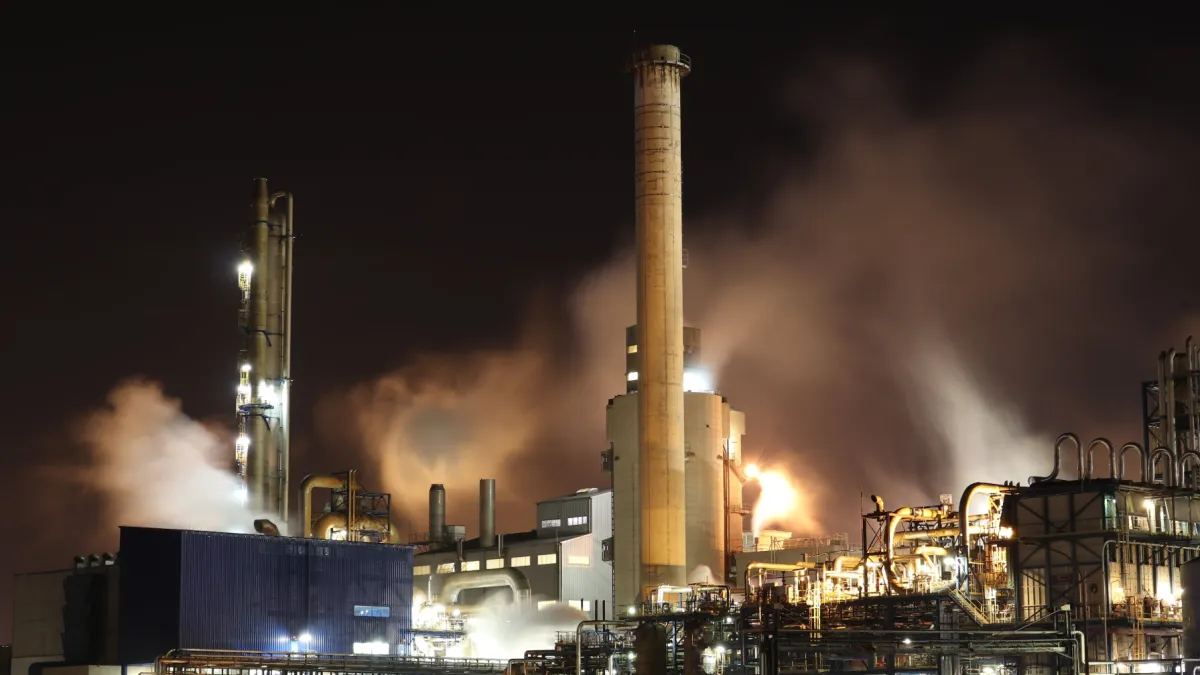

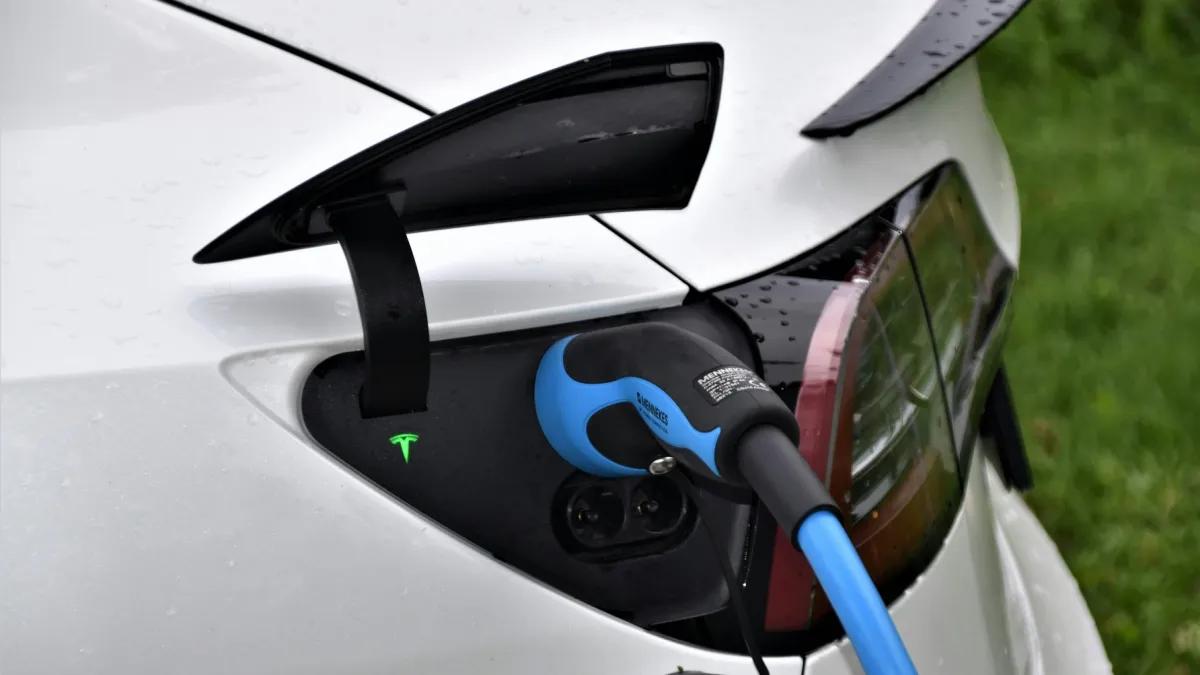
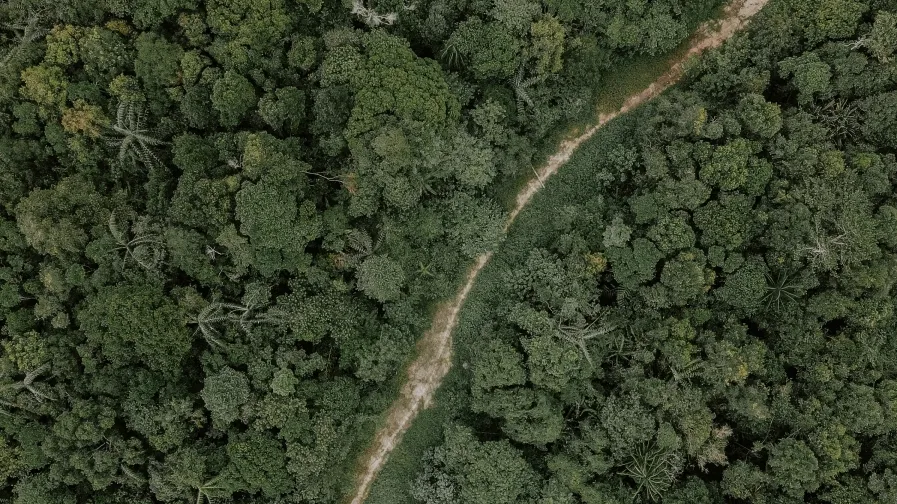


 Advertise
Advertise
